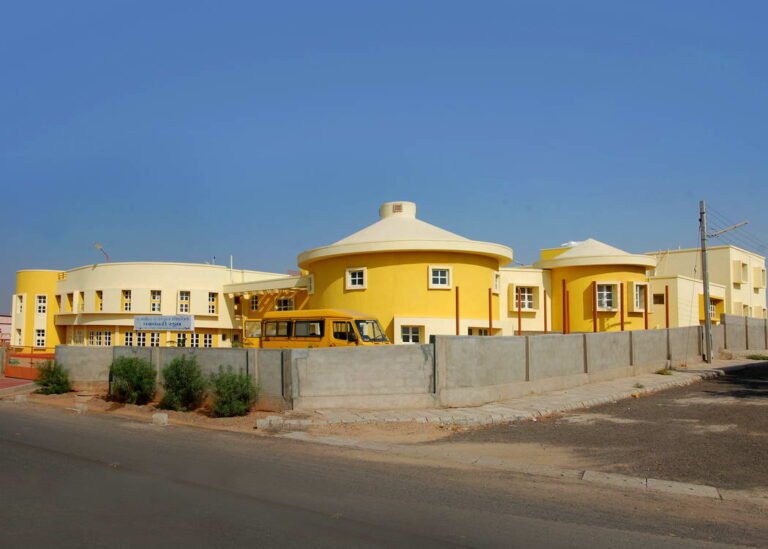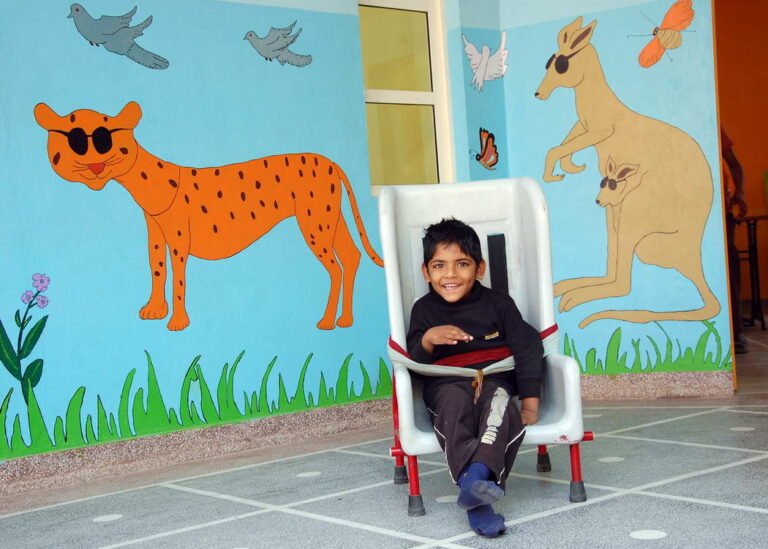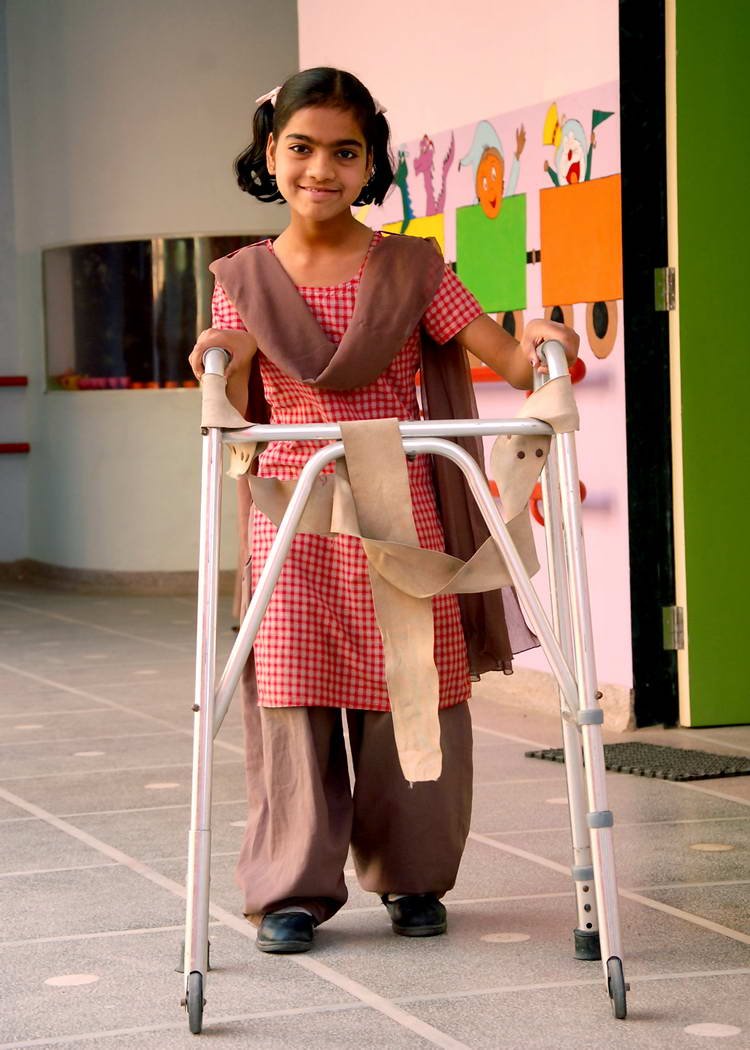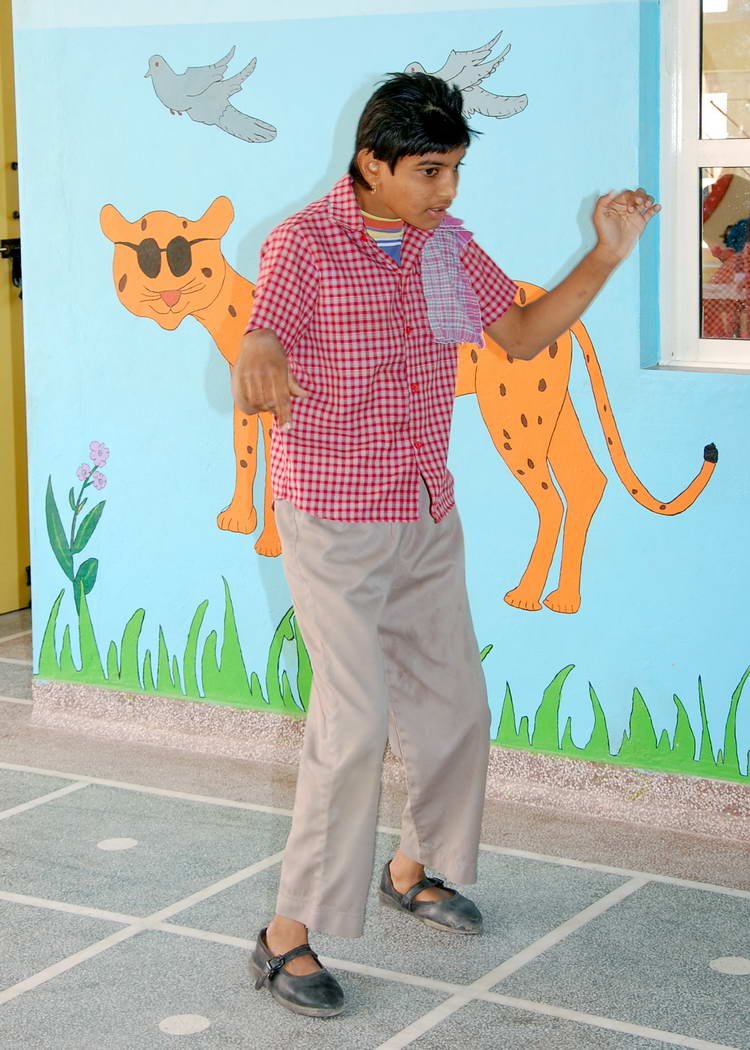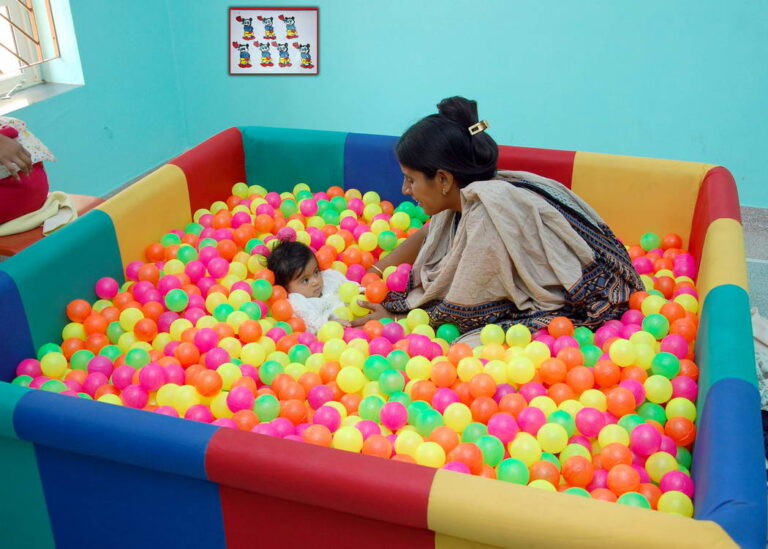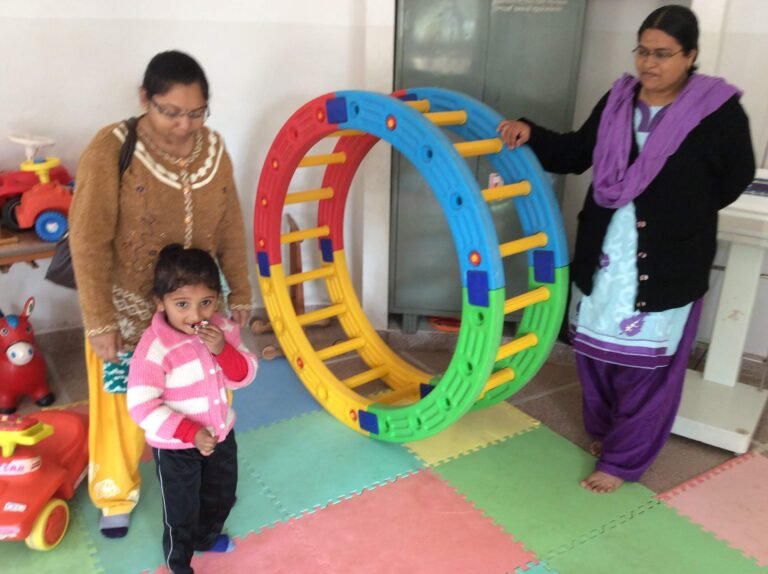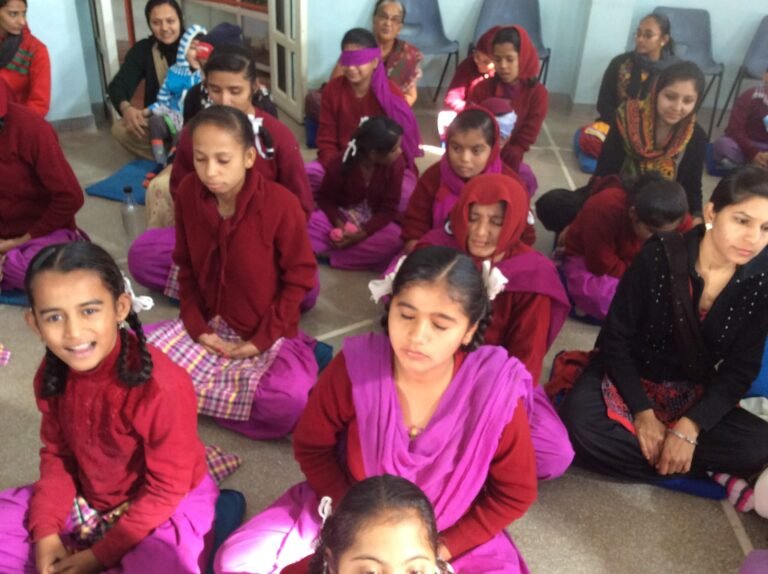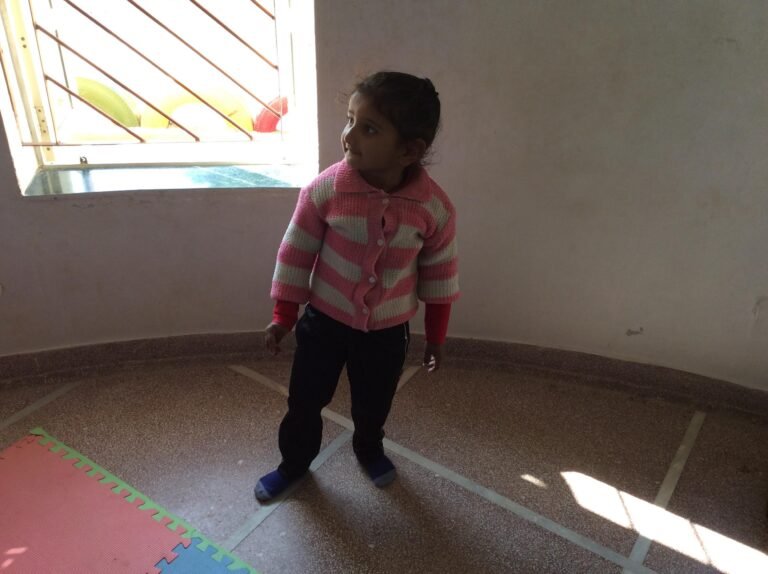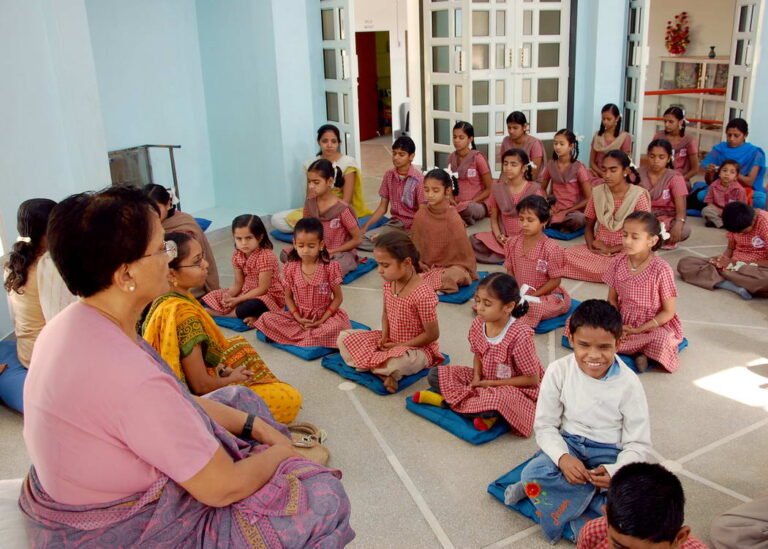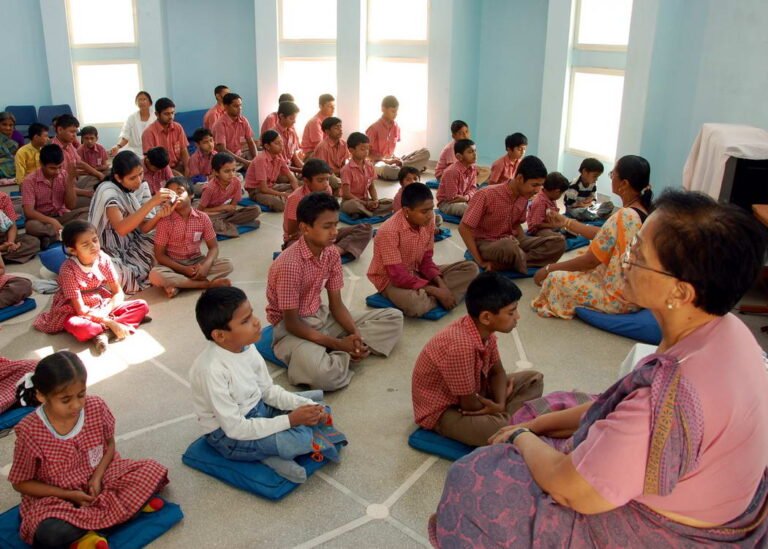The CHILD WELFARE TRUST (CWT) in Bhuj was founded in 1998 by Dr. Shantuben Patel, a pediatrician with a vision to integrate special children into the mainstream of Kutch district. This modern school, spanning 18,000 square feet, is specifically designed to cater to the educational and vocational training needs of handicapped ...
Read MoreOur work with
Child Welfare Trust
Working for the Cause:

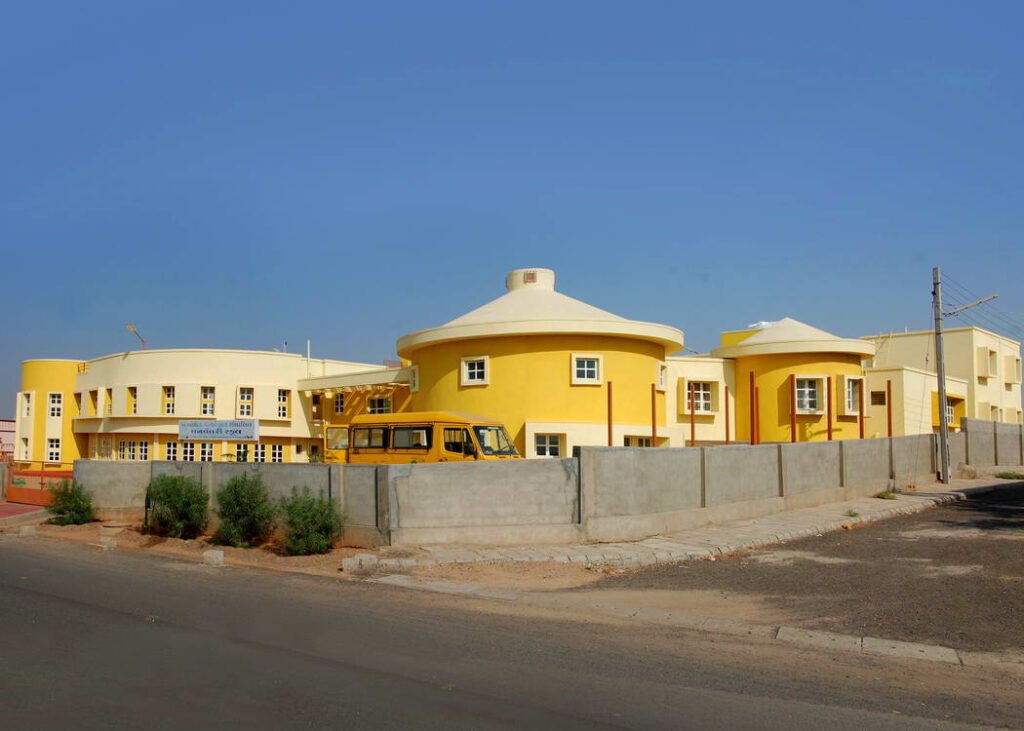

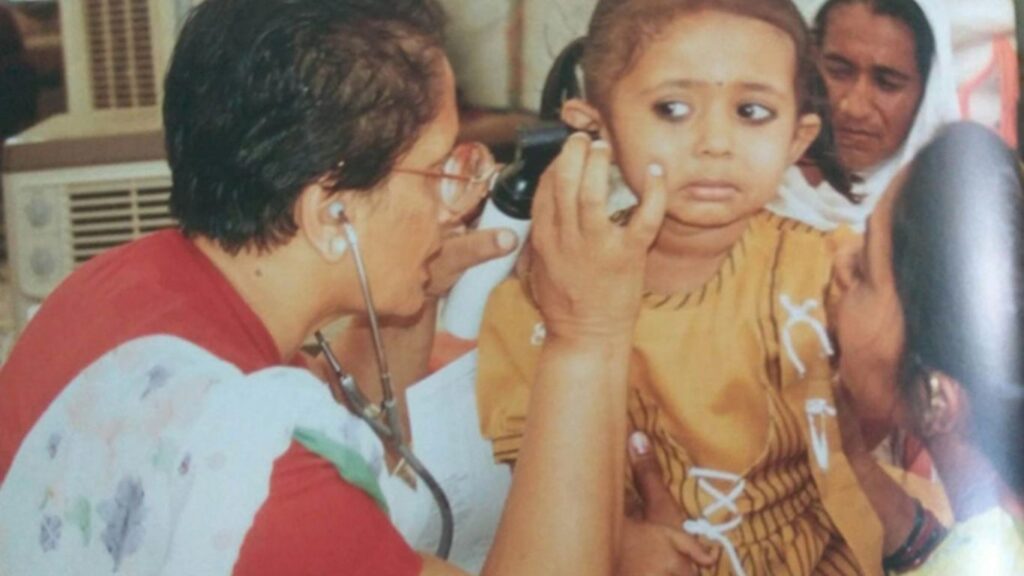

About
The CHILD WELFARE TRUST (CWT) in Bhuj was founded in 1998 by Dr. Shantuben Patel, a pediatrician with a vision to integrate special children into the mainstream of Kutch district. CWT is registered as a public charitable trust under The Bombay Trust Act 1950 and operates the DHANVANTRI School, also known as Child Welfare School. Over the past 24 years, this school has made a significant impact on the lives of children with special needs through its unique training and educational programs. These programs not only recognize the individual capabilities of these children but also provide them with the support needed to lead independent lives.
This modern school, spanning 18,000 square feet, is specifically designed to cater to the educational and vocational training needs of handicapped children.
The school arranges transportation to pick up children from various locations and bring them to school for their education and vocational training.
Joy of Helping played a crucial role in collecting and contributing a substantial amount to build the Handicapped Children’s School in Bhuj, Kutch, India.
The School is dedicated to the comprehensive rehabilitation of children with various disabilities, such as Cerebral Palsy, Autism, Down syndrome, and Multiple Disabilities. Upon admission, a panel of experts, including a Psychologist, Special Educator, Physiotherapist, Speech therapist, and Occupational therapist, assesses each child’s needs, and tailored therapy programs are designed accordingly.
These programs encompass a range of therapies, including sensory integration therapy, music therapy, hydrotherapy, and more. The progress of each child is rigorously reviewed every six months, and adjustments are made to their therapy programs as needed. This protocol ensures that all children in the program receive the necessary support to achieve their desired outcomes in the upcoming quarter.
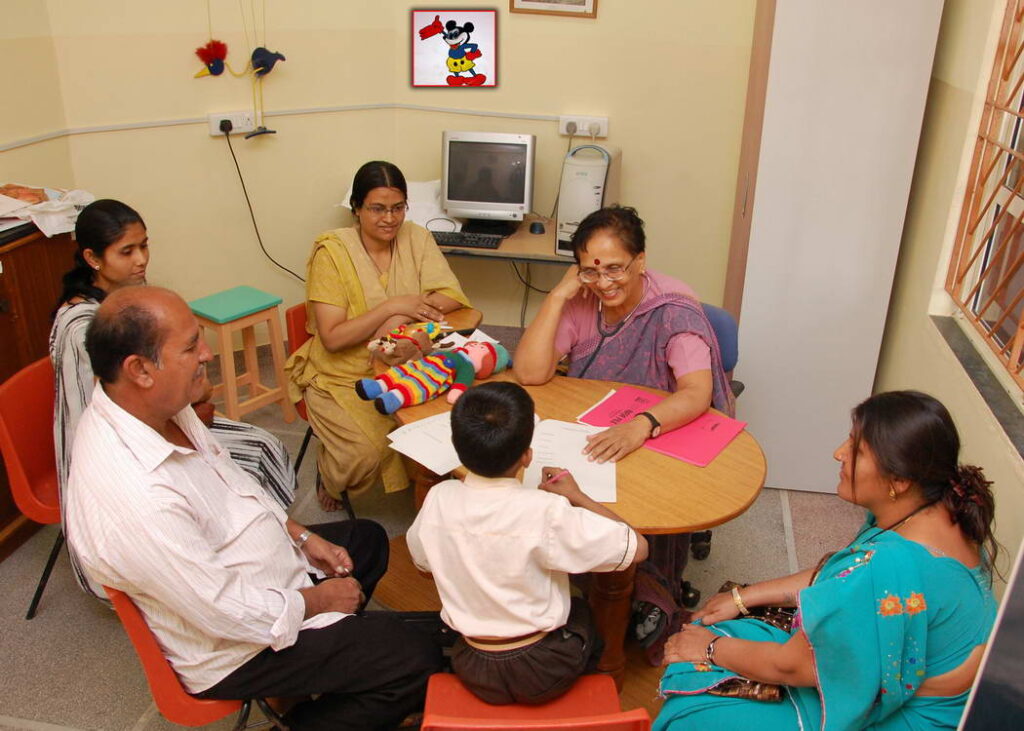


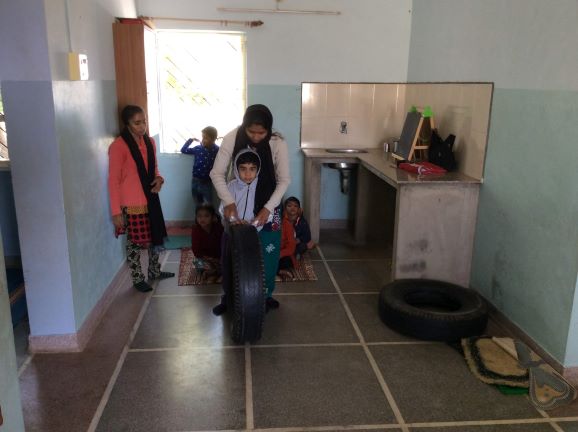
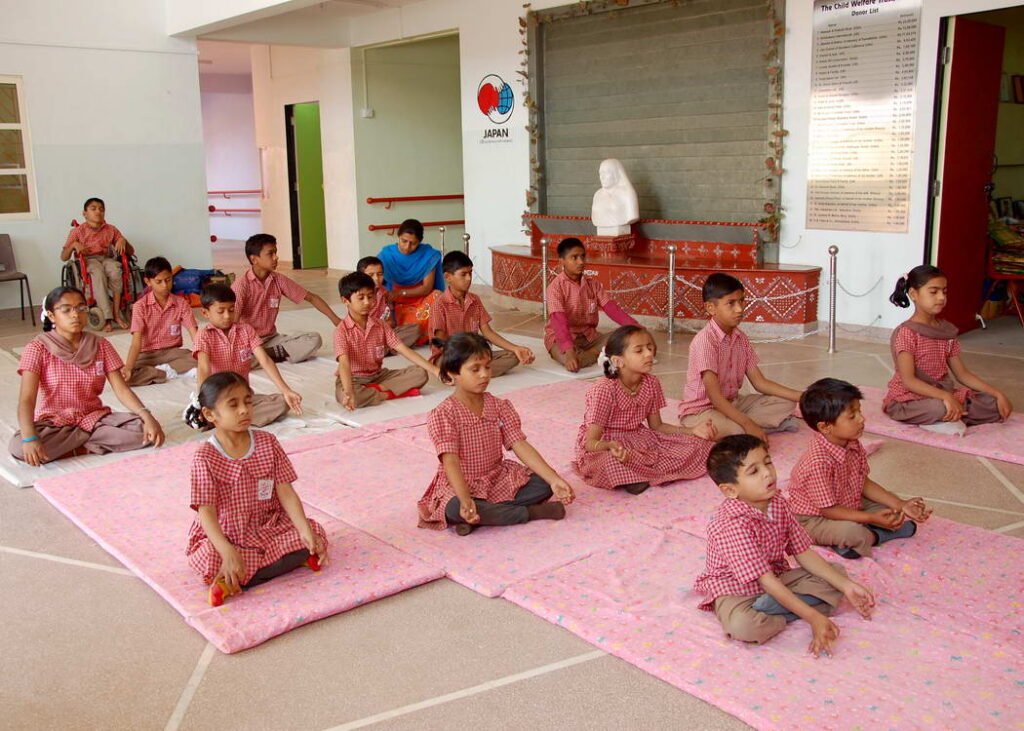
Work
A significant portion of the students at the Child Welfare School receives sponsorship from various donors, as they come from lower socio-economic backgrounds and cannot afford school fees and medical expenses. The school provides transportation for 110 out of the total 140 children, with two buses making two rounds each. This transportation is crucial as it is the only means of commuting between home and school for these students. Since the children have special needs and require supervision during travel, public transportation is not a practical option. Additionally, many parents cannot afford to transport their children daily due to their economic circumstances. The presence of teachers on the school bus ensures the safety and well-being of the children during their commute.
One notable success story involves a 2-year-old boy with Cerebral Palsy who joined the Child Welfare School. At the time of admission, he exhibited delayed developmental milestones, motor and sensory impairments, and could not sit or stand without support. He was enrolled in the Early Intervention Unit of the center, where he received regular intensive developmental therapy along with sensory and communication training. By the age of 4, he began walking with slight support, still requiring assistance due to severe muscle spasms.
The program at Child Welfare School addresses the needs of children with various challenges, including Cerebral Palsy, mental challenges, and hearing impairments. Here are the key components of their program:
- Early Intervention-Medical, Mental, and Physical Assessment: Comprehensive assessments are conducted upon admission to evaluate the child’s medical, mental, and physical condition.
- Family Background Study: The school conducts visits to study the family background of the children to better understand their home environment and support needs.
- Appropriate Treatment and Methodologies: Tailored treatment plans and educational methodologies are developed to meet the specific needs of each child.
- Muscular Facial Release (MFR): MFR therapy is provided to address muscular and facial issues.
- Physiotherapy: Physiotherapy is used to improve physical mobility and function.
- Occupational Therapy: Occupational therapy helps children develop skills for daily life activities.
- Speech Therapy: Speech therapy focuses on improving communication skills.
- Teaching of ADL (Activities of Daily Life): Children are taught essential life skills for daily living.
- Dancing and Singing Classes: Creative and expressive arts like dancing and singing are incorporated into the program.
- Specially Involved Methods of Reading and Writing Skills: Unique approaches are used to teach reading and writing skills to cater to individual needs.
For children with Sensory Motor Integration (SMI) challenges:
- Grouping by Severity: Children are categorized into groups based on the severity of their condition, whether mild, moderate, or severe.
- Vocational Training and Placement: Vocational training programs are offered to equip children with skills for potential employment.
- Gardening: Gardening activities are included to promote sensory motor integration.
- Audiogram and Hearing Aid Fitting: Audiograms are conducted, and tailor-made hearing aids are provided to those with hearing impairments.
- Speech Language and Total Communication: Techniques for effective speech and communication are taught, including total communication methods.
- Social Integration: Efforts are made to socially integrate these children into regular schools and promote inclusion.
Overall, the Child Welfare School focuses on the holistic development and empowerment of children with special needs, aiming to enhance their quality of life and integration into society.



History
Dr. Shantuben Patel, a pediatrician, relocated to Kutch, Gujarat, in the late 1970s after leaving her medical practice in London. During her practice in Kutch, she observed a higher-than-average number of handicapped children in the district, partly attributed to social and cultural factors.
The journey of the Child Welfare School began with just two hearing-impaired children, and one of their mothers volunteered to be a teacher.
By 2009, the school had grown to accommodate around 200 children, who were cared for by a team consisting of nine trained teachers and six trainee teachers.
In 1994 and 1995, an educational and therapeutic camp for handicapped children was organized with the initiative of Prof. Madhuri Kulkarni and her team from Sion Hospital in Mumbai. The number of participants increased from 110 in 1994 to 450 in 1995, revealing that many of these children had never experienced formal schooling.
In response to this unmet need, DHANVANTRI School was established in September 1996 to provide education and training to children with hearing impairments, intellectual impairments, and those with Cerebral Palsy.
The Child Welfare Trust (CWT) owes its origins to a dedicated group of professionals from various disciplines specializing in the diagnosis, treatment, prevention, and training of children with special needs.
Impact of Project Supported by Joy of Helping
Joy of Helping successfully gathered and contributed a substantial sum towards the construction of the Handicapped Children’s School in Bhuj, Kutch, India. This state-of-the-art school spans 18,000 square feet and is intricately designed to cater to the educational and vocational training requirements of handicapped children. The school accommodates 70 mentally challenged children, 45 hearing-impaired children, 35 children with cerebral palsy, and 12 autistic kids. Dedicated buses pick up the children from different locations and transport them to the school for their education and vocational training.
The Power of Partnerships in Creating Change
Since 1984, Joy of Helping, a non profit organisation, has developed and delivered impactful and sustainable solutions at the community level, applying local experience and dedication to meet the needs of vulnerable and underserved communities. Through joint forces with driven local partners, we ensure that every step, every initiative, every ...
Read More